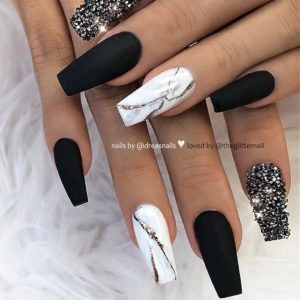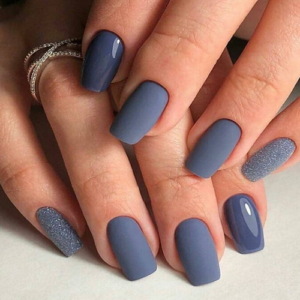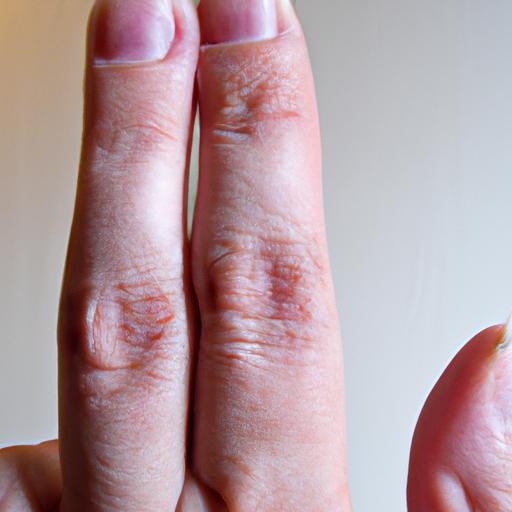Table of Contents
Introduction
Taking care of your nails is an essential part of personal grooming. It’s important to go beyond regular trimming and nail polish application to achieve healthy and beautiful nails. That’s where a nail buffer comes in. This small, handheld tool is a must-have for your nail care routine as it helps smooth out the surface of your natural nails, giving them a glossy, polished finish. In this comprehensive guide, we’ll dive into the world of nail buffers, exploring their benefits, different types available, and effective usage techniques.
Types of Nail Buffers
Navigating the market for nail buffers can be overwhelming due to the array of options available. Let’s start by examining the three most common types:
Block Nail Buffers
Ideal for beginners, block nail buffers are the simplest and most basic type. They are usually made of foam or rubber, making them easy to handle. With four sides featuring different grits, ranging from coarse to fine, these buffers are versatile. The coarse side helps remove ridges, while the fine side smoothens and polishes your nails to perfection.
Electric Nail Buffers
For those seeking a professional salon-quality manicure at home, electric nail buffers are the way to go. These advanced tools use a rotating head to buff and polish your nails effortlessly. With various attachments available, you can shape, buff, and polish your nails to your heart’s desire.
The Benefits of Using a Nail Buffer
A nail buffer does more than provide a smooth and shiny finish. Let’s explore its additional benefits:
Smoothing and Shining Nails
Regular use of a nail buffer helps eliminate ridges and bumps on the surface of your nails, resulting in a smooth, even texture. Furthermore, it restores the natural shine of your nails, enhancing their overall health and appearance.
Boosting Blood Circulation
Using a nail buffer involves massaging your nails and cuticles. This action stimulates blood circulation to your fingertips, promoting stronger nails, encouraging nail growth, and reducing the risk of nail infections.
Preventing Nail Breakage and Splitting
By buffing your nails regularly, you can prevent nail breakage and splitting. The smoothing effect removes rough edges and snags that may catch on clothing or other objects. Additionally, buffing strengthens your nails, making them less susceptible to damage.
How to Use a Nail Buffer
Using a nail buffer is a simple, four-step process:
- Start by washing your hands thoroughly and drying them completely.
- Begin with the coarsest side of the nail buffer. Buff away any ridges or bumps on your nails by starting at the base and moving smoothly towards the tip.
- Flip the nail buffer over to the finer side. Use gentle, circular motions to smooth out the nail surface, starting from the base and working your way to the tip.
- Finally, use the softest side of the nail buffer to achieve a high shine. Apply light pressure in circular motions until you achieve the desired glossy finish.
Dos and Don’ts When Using a Nail Buffer:
- Do use a clean nail buffer to prevent the transfer of bacteria to your nails.
- Don’t buff your nails too forcefully, as this can weaken them over time.
- Do use a nail buffer sparingly, as excessive buffing can result in thin or brittle nails.
- Don’t use a nail buffer on damaged or infected nails, as this may worsen the condition.
By following these simple steps and guidelines, you can easily incorporate a nail buffer into your routine and achieve healthy, beautiful nails.
Remember, a nail buffer is a valuable tool for your nail care regimen. It not only improves the appearance of your nails but also enhances their overall health. So, why wait? Begin your journey to fabulous nails today!







